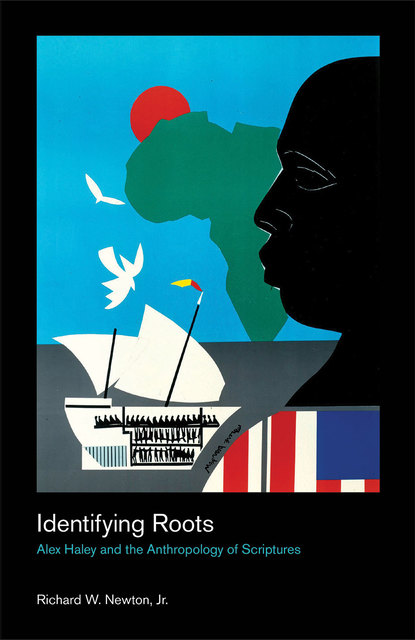Newton/Identifying Roots, Conclusion. Rooting Identity

Full description
Identifying Roots ends by recasting the employ of “roots” in discussions of identity politics. Even if rhizomes are the best way illustrate knowledge production, critical scholars must grant that there are some trees of signification that appear to orient the signifier rather than the other way around. The signs and significance that appear to impress upon their own meaning is what Bourdieu is pointing to with his tracing of the doxological features of a habitus. This is the discourse that we can embolden with scriptures—people's unexamined grasping for roots in a rhizomatic world. In a sphere of signification, there still persist expressions that impress revolutionary effects on individuals and societies. Following DeCerteau, it is in this vain that we identify scriptures. They are not about set apart signs but the signs we say set us apart, not just the texts we read but the texts that read us back. In Haley’s words, scriptures are the “source-places” that enable us to make difference and make a difference in the world. The anthropology of scriptures attends to these concerns, offering a language to signify humans’ operational acts of identification.
- typeImage
- created on
- file formatjpeg
- file size120 KB
- container titleIdentifying Roots: Alex Haley and the Anthropology of Scriptures
- creatorRichard W. Newton, Jr.
- isbn9781781795484 (eBook)
- publisherEquinox Publishing Ltd.
- publisher placeSheffield, United Kingdom
- rightsEquinox Publishing Ltd.
- series titleCulture on the Edge: Studies in Identity Formation
- doi
We use cookies to analyze our traffic. Please decide if you are willing to accept cookies from our website. You can change this setting anytime in Privacy Settings.
